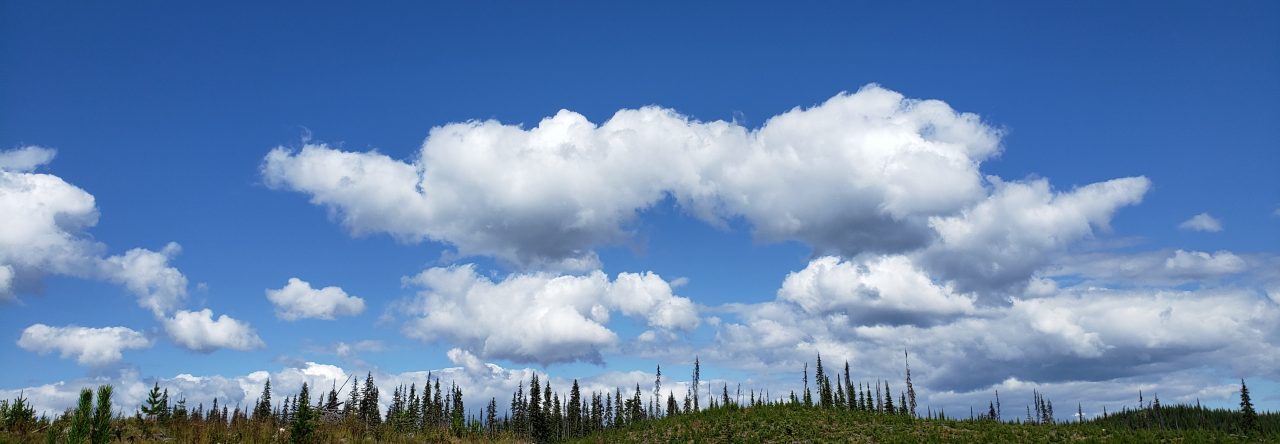At the beginning of May (or two blog posts ago, which is an unsettling slow rate of showing up here, which I promise to remedy soon*!), I wrote about my garden enemy: creeping bellflower, or Campanula rapunculoides by its Latin name. I’ve spent a considerable amount of time trying to eliminate it from some of the garden beds (spoiler alert: it’s back, or, to be fair, it was never completely gone).
*I am anticipating a switch to writing more on garden and various topics I come across during my research for various feature articles, plus thoughts that surface as I get my hands dirty. Until a while ago, much of my blog revolved around countless adventures with my boys’ and motherhood as I saw it then. There will be occasional posts on that but from a different angle – as a mom of young men.
So back to the creeping bellflower. After the removal wars from a couple of months ago, it was quite nice to not see the enemy in my garden beds. But of course, I knew better. For a few reasons: there was still enough left in some parts of the garden and even one clump is enough to create havoc; the neighbours have loads of it ready to come over uninvited; it’s a weed and highly invasive and it just doesn’t want to give up no matter what. Hope is not futile, but it’s hard to come by when dealing with such plants.
Fast-forward to now: it’s in bloom. I do admit that the flowers are beautiful with their hues of purple. Some are now part of a wildflower bouquet that adorns our dining table. It doesn’t deny their awful invasive nature, but beauty is beauty.

No thanks though to whoever thought they should bring this plant to North America (it’s native to central and southern Europe, and to western Siberia). Bad idea. Really bad. There are many types of Campanula and some are beloved annuals, perennials and such. I mean, their flowers are beautiful and many people love seeing them around. And those varieties are playing nice with their friends, rather than choking them to almost death (just ask my strawberry plants). I guess good guys don’t make the headlines after all.
Here’s the twist in the plot though that can sweeten our coexistence (since apparently, we’re in for the long haul, or so the very experienced gardeners opine). The plant is edible. Truth. Roots, leaves and flowers. Roots and leaves you cook (I haven’t yet but will try), flowers you add to salads and make them pretty (with some vitamin C to boot, plus a couple of polyphenols here and there).
The plan is to overhaul the afflicted garden beds come fall, and rebuild the topsoil with some compost, manure and ground cover crops (buckwheat for example). But until then, it’ll be wilted campanula greens mixed in with other dark leafy greens and campanula flowers added to salads along with the well-loved and well-behaved nasturtium, calendula and even dandelions.
Speaking of the latter, I have taken the next step into wildcrafting: my first jar of dandelion salve is ready (good for various scrapes, cuts, bruises, dry skin, and even joint pain). I’ve been making calendula salve for years (sometimes I mix in essential oils too). It’s a lovely way to treat your skin and the only drawback that I’ve experienced is that it’s hard to choose between saving the petals for salads and drying the flower heads to make infused oils.

Next one to tackle (also a weed that thrives around some of our garden beds) is plantain, Latin name Plantago major. Leaves are edible and moreover, they have a multitude of compounds that could easily earn it the status of ‘superfood’ but few would entertain that idea given that too many people still hate dandelions with a passion and the ‘but it’s good for you’ refrain has been around for years. However, knowledge is power. There is a large volume of research dedicated to the health benefits of plantain, but let’s just start slowly: add some to your salads/wraps/stir-fries.

I’ll keep you posted with the forays into wildcrafting. It’s yet another way to get to know our world. Humbling and hopeful at the same time.
